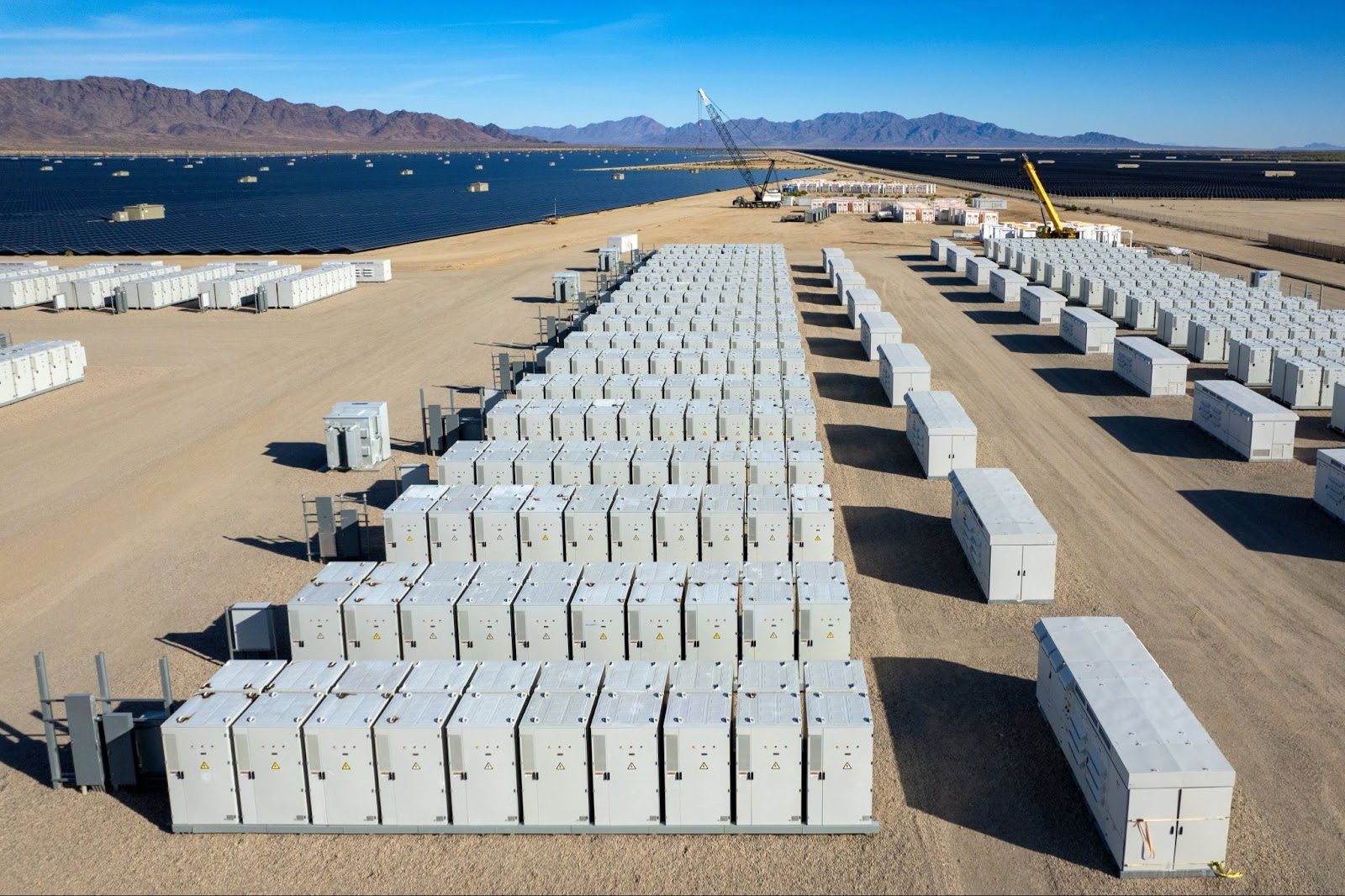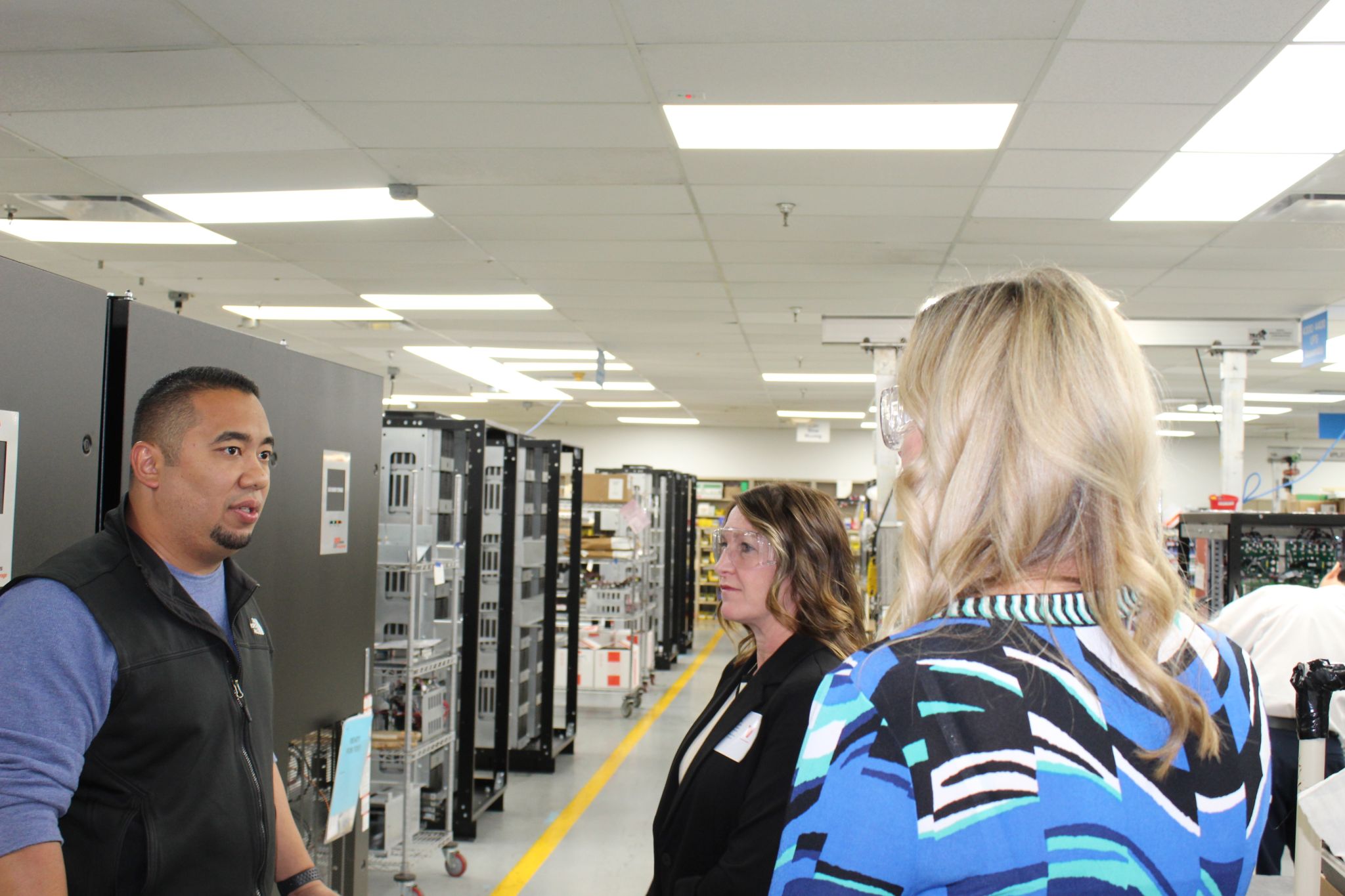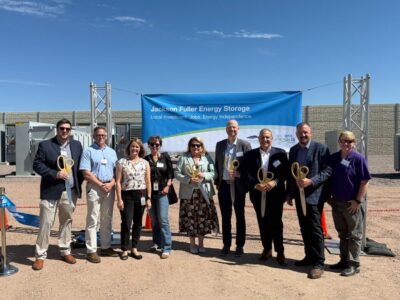Earlier this year, PA Consulting conducted a study titled “A Reliable Grid for an Electric Future” on behalf of the National Electrical Manufacturers Association (NEMA). According to the findings, electricity demand in the United States is projected to rise by 2% per year and increase by 50% by 2050.
NEMA attributes the spike in demand to several sources, with data centers leading the way, accounting for 32% of demand growth between 2023 and 2037. It expects a 300% increase in data center energy consumption over the next decade, or about 90% of consumption growth expected through 2050. Through 2030, 25% of this growth will be fueled by artificial intelligence (AI). Notably, some AI and machine learning capabilities are expected to increase energy demand by a factor of ten. Investments in a reliable baseload will be necessary to meet this demand and to guard against data breaches and cyber or physical attacks.
Second, the trade association predicts that electric vehicles (EVs) will be the second-largest driver of electricity demand in the next decade, accounting for 24% of demand growth between 2023 and 2037. It also projects a 9,000% growth by 2050 in power consumption fueled by e-mobility and charging solutions, accounting for 51% of growth between 2038 and 2050. By 2035, NEMA expects about 55 million light-duty EVs to be deployed across the nation. The increase in EV adoption will be fueled by favorable state policies, improved access to public charging, advancements in range and technology, and declining component costs. For example, the price of batteries has declined by 80% since 2013.
Finally, NEMA projects electricity’s share of final energy use to increase from 21% to 32% by mid-century. According to the report, all generation sources will be needed to meet this demand. Renewables, in particular, will play a bigger role in this effort, as more intermittent sources are needed to meet grid demand. For example, while solar accounted for 125 GW and wind accounted for 145 GW in 2022, according to the U.S. Energy Information Administration, those numbers are expected to surge to 922 GW and 762 GW by 2050, according to the National Renewable Energy Laboratory.
As NEMA president and CEO Debra Phillips expressed in the press release, “America’s electrical system will face dramatic changes over the next 25 years. As electricity demand is set to rise for the first time in decades, we need an all-of-the-above approach that focuses on investing in innovative technologies and prioritizing policy and regulatory certainty that will help us create the reliable and affordable energy system of the future.”
The report notes that there will be variations in these trends based on region, though. The Mid-Atlantic and Texas, for example, will experience the most growth in data center demand through 2035. Meanwhile, the Northeast and the West will see the most growth in demand for EVs between 2035 and 2050. In New York, the Southeast, and the West, clean energy will account for more than half of generation capacity.

Photo Courtesy NEMA
NEMA also highlighted numerous technology solutions that will play a role in this transition. The trade association suggests upgrading transmission lines by adding advanced conductors to improve capacity and using dynamic line rating to enhance power flows based on the weather. It also suggests adding smart grid technology like digital substations with sensors to enhance reliability and advanced metering infrastructure to improve responses based on demand and outages.
A particular highlight concerns improvements to the performance of data centers. For example, technologies like air flow management, lighting, and HVAC controls, and efficient transformers can save energy and costs. Using liquid cooling and conducting the cooling during times of less demand will lower the strain at peak times and improve the reliability of the grid as a whole.
Additionally, grid-scale and long-duration energy storage can act as backup resources during times of high demand or low generation. Storage solutions located at customer sites, or behind-the-meter storage, should also play a role by meeting local demand. The report estimates that the storage connected to the grid will increase by 1100% over the next 15 years.
Finally, the report notes that the increasing prevalence of EVs can be used to the grid’s advantage. Through vehicle-to-grid integration, EVs can send power into the grid during peak hours, and as mobile power sources, they can provide power to homes and businesses during outages. Smart charging can also be used to make sure EVs are only pulling power from the grid during times of low demand.

Photo Courtesy NEMA
Finally, the report suggests numerous policy changes that can contribute to a more reliable American energy system, especially an all-of-the-above energy strategy that uses generation from a variety of sources. Also essential will be a large and skilled energy workforce, trained through apprenticeship and certification programs and assisted by workforce development legislation to build, operate, and maintain these systems.
Permitting and transmission reform are also critical. Permitting and siting for mining, generation, transmission, and distribution projects needs to be accelerated to get projects up and running on more expedited timelines. Transmission systems need to be updated and grid-enhancing technologies need to be adopted to get energy to where it is needed more expeditiously, as well.
Finally, NEMA highlights the importance of certainty. For example, tax incentives and incentives should be harnessed to encourage investments in energy technologies and infrastructure and to secure supply chains. Additionally, trade and tariff policies should be both transparent and consistent.
“The promise of an all-electric future in North America is here,” said Rich Stinson, president and CEO of Southwire. “These changes are good; however, while there is much excitement, there are also significant headwinds. It will take all of us – working with our industry partners, suppliers, customers, government entities, business leaders, and others – to address the challenges and opportunities ahead.”





